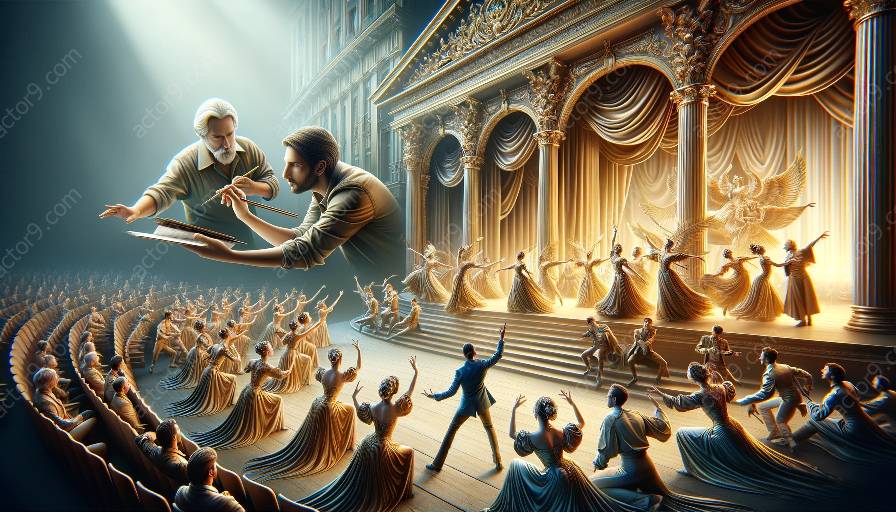Opera, with its fusion of music, drama, and visual arts, is a complex art form that requires effective leadership and artistic direction to bring together the various elements into a cohesive and impactful performance. The role of leaders and artistic directors in opera is paramount, influencing not only the creative aspects but also the overall success of a production. In this comprehensive topic cluster, we delve into the dynamics of effective leadership and artistic direction in opera, focusing on opera directing, choreography, and performance.
The Importance of Effective Leadership in Opera
Effective leadership in opera encompasses the ability to inspire and motivate a diverse team of artists, musicians, and technicians to work collaboratively towards a common artistic vision. Opera companies rely on strong leaders to navigate the complexities of producing an opera, from budgeting and scheduling to casting and artistic decision-making. The role of an effective leader extends beyond mere management; it requires the vision and passion to unite a diverse group of creative individuals and guide them towards achieving excellence.
Opera Directing: Shaping the Narrative and Emotions
Opera directing plays a pivotal role in shaping the narrative and emotions conveyed on stage. A skilled opera director possesses a deep understanding of both the musical and dramatic elements of an opera, allowing them to craft compelling visual and emotional experiences for the audience. The director's ability to interpret the libretto, set the stage, block the movements of performers, and collaborate with designers and choreographers is fundamental to realizing a successful production.
The Art of Opera Choreography
Choreography in opera adds another layer of artistic expression, seamlessly integrating movement and expression with the music and narrative. A choreographer's expertise lies in creating synchronized, evocative movements that complement and enhance the storytelling, adding visual poetry to the opera performance. The collaboration between choreographers, directors, and performers is crucial in achieving cohesive and impactful staging, bringing an immersive and enchanting dimension to the overall artistic direction.
Collaborative Excellence in Opera Performance
Opera performance thrives on the synergy between all creative and technical elements under the guidance of effective leadership. Vocalists, musicians, actors, dancers, and technical crew rely on the cohesive artistic direction to deliver a seamless and immersive experience. An effective leader fosters an environment where each performer and artist feels empowered to contribute their unique skills, leading to collaborative excellence on stage.
The Impact and Benefits of Effective Leadership and Artistic Direction
The impact of effective leadership and artistic direction reverberates throughout the opera world, influencing the quality of productions and the experiences of both artists and audiences. By nurturing the vision of a production, fostering collaboration, and guiding the creative process, effective leaders and artistic directors elevate the artistic integrity of opera, sustaining its relevance and impact in the modern world.
Conclusion
Effective leadership and artistic direction are the guiding forces that transform opera productions into captivating and immersive experiences. Through skilled directing, choreography, and collaborative performance, opera continues to captivate audiences with its timeless tales and breathtaking artistry, all under the influential guidance of dedicated leaders and directors.































